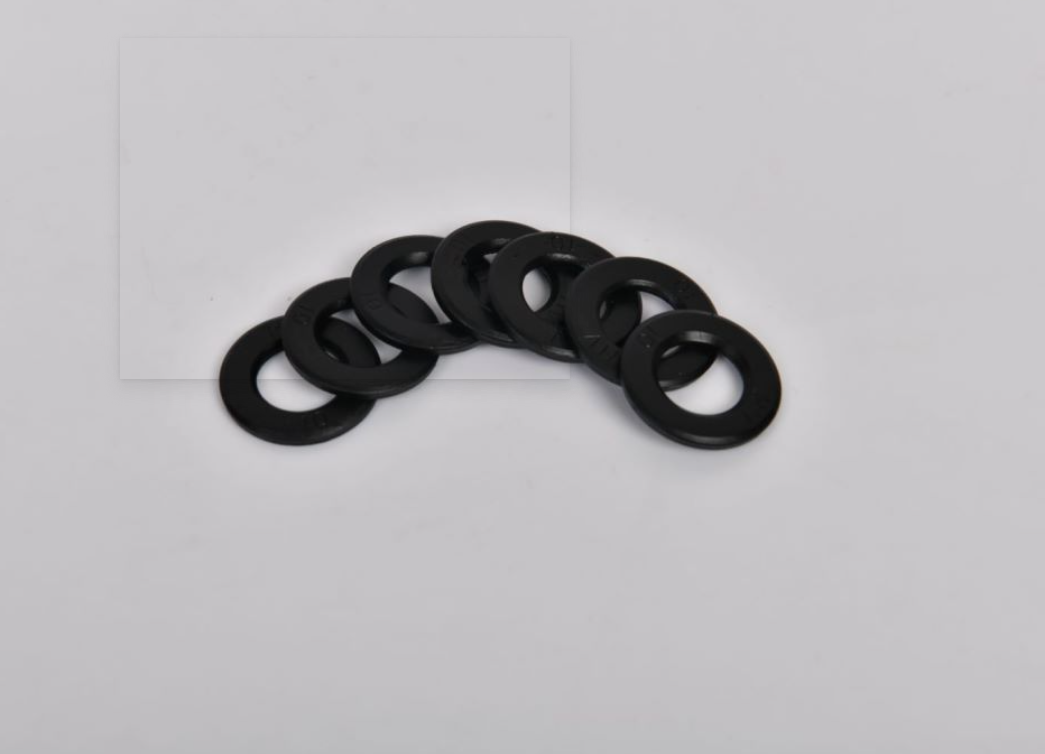Flat and Lock Washers Maintenance Tips for Optimal Performance and Longevity
Understanding Flat Washers and Lock Washers A Guide to Their Service and Applications
In the world of mechanical engineering and assembly, the choice of fasteners and the proper use of washers significantly influence the performance and longevity of equipment. Two commonly used types of washers are flat washers and lock washers. Each serves a distinct purpose, and understanding their functions can enhance the reliability of mechanical connections.
Flat Washers The Basics
Flat washers are simple, disc-shaped components typically made from metal, plastic, or rubber. Their primary purpose is to distribute the load of a threaded fastener, like a bolt or nut, over a larger surface area. This reduces the risk of damage to the surface of the material being fastened and helps to prevent loosening from vibration.
Flat washers come in various sizes and thicknesses, making them versatile for different applications. They are used across a range of industries, from automotive and construction to electronics and furniture making. When selecting a flat washer, it’s essential to consider the material and finish to ensure compatibility with the environment and the materials being fastened.
Lock Washers Enhancing Security
Lock washers, on the other hand, are designed explicitly to prevent loosening due to vibrations and dynamic loads. They come in several types, including split lock washers, tooth lock washers, and wave washers. Each type achieves its locking mechanism differently, providing an additional level of security to connections.
1. Split Lock Washers These are the most common type of lock washer. They are designed with a split that allows them to compress and create tension when a nut or bolt is tightened. This tension helps counteract loosening caused by movement or vibrations.
2. Tooth Lock Washers These washers feature jagged teeth that dig into the fastening surface and the fastener itself. They provide a robust locking effect, making them ideal for heavy-duty applications or in environments with significant vibration.
flat washer lock washer service

3. Wave Washers These washers have a wave-like shape and provide a spring effect, helping to maintain a degree of compression on the fastener even under variable loads. They are particularly useful in applications requiring some flexibility.
Service and Maintenance
The proper installation and maintenance of flat and lock washers are crucial for their effectiveness. Here are some key considerations
- Material Compatibility Always select washers made from compatible materials. For example, using a steel washer with a stainless steel bolt may lead to galvanic corrosion. In corrosive environments, consider using plastic or rubber washers or ones made from stainless steel or coated materials.
- Proper Installation Ensure that the washer is placed correctly. A flat washer must be positioned between the fastener and the surface, while a lock washer should be placed under the nut or bolt head. Incorrect placement can lead to ineffective load distribution or a failure to lock properly.
- Regular Inspections Over time, wear and tear can affect the integrity of washers. Regular inspections can help identify signs of deterioration or corrosion, allowing for timely replacements to maintain the strength and reliability of the connection.
- Torque Specifications Follow manufacturer guidelines for torque settings. Over-tightening can damage washers and result in failure, while under-tightening can cause loosening and severe mechanical issues.
Conclusion
Flat washers and lock washers are simple yet essential components in numerous applications. Understanding their roles and proper maintenance can significantly affect the performance and safety of mechanical assemblies. Investing time in selecting the right washers and ensuring their correct use will contribute to the longevity and reliability of your projects. Whether in DIY tasks or industrial applications, these washers play a critical role in securing connections and maintaining operational integrity.
-
Top Choices for Plasterboard FixingNewsDec.26,2024
-
The Versatility of Specialty WashersNewsDec.26,2024
-
Secure Your ProjectsNewsDec.26,2024
-
Essential Screws for Chipboard Flooring ProjectsNewsDec.26,2024
-
Choosing the Right Drywall ScrewsNewsDec.26,2024
-
Black Phosphate Screws for Superior PerformanceNewsDec.26,2024
-
The Versatile Choice of Nylon Flat Washers for Your NeedsNewsDec.18,2024










